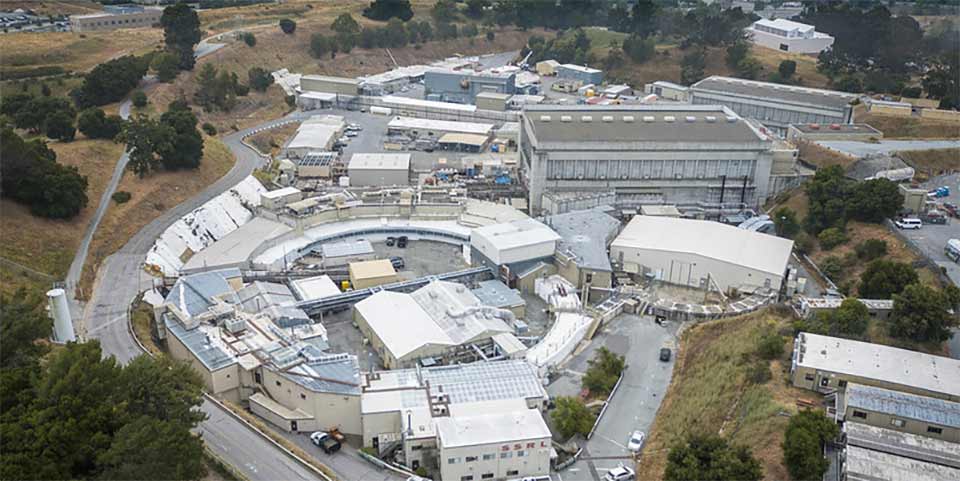Overview
BL5-4 is a normal incidence monochromator beamline optimized for high-resolution angle-resolved photoemission spectroscopy (ARPES) in the photon energy range of 7 - 40 eV with polarization control (circular polarizations: 7 - 40 eV, linear polarizations: 16 - 40 eV). The dedicated experimental end station is equipped with a SCIENTA DFS30-8000 electron spectrometer. This system is capable of performing ARPES experiments with a total energy resolution of a few meV and an angular resolution of 0.3°. It is also equipped with a low-temperature sample manipulator with two degrees of freedom of rotation, which can be cooled down to 5 K.
Because BL5-2 and BL5-4 cannot operate simultaneously, they are often shown combined as BL5-2/BL5-4. BL5-2 is the default station for majority of the users on BL5. Please communicate with the responsible beam line scientists in advance if BL5-4 is the desired experimental station.
Source: 15-period undulator, 31-pole APPLE-II EPU, 0.65 mrad acceptance.
Status —
Beamline Parameters —
| Energy Range | Resolution ΔE/E | Spot Size | Flux | |
|---|---|---|---|---|
| Focused | 7-40 eV | ≥ 5 X 10-5 | 0.1(H) X 0.1(V) mm2 | ~ 8 X 1011 *@500 mA, 22 eV, E/ΔE = 10,000 |
Optics —
| M0 Mirror | M1 Mirror | Monochromator | M3 Mirror | M4 Mirror |
|---|---|---|---|---|
| Horizontal deflecting, flat, water-cooled | Vertical focusing 10:1, elliptically cylinder | Normal Incidence Monochromator (NIM)
|
Horizontal refocusing 1:1, cylinder | Vertical refocusing 1:1, cylinder |
Source —
Instrumentation —
| Detector | SCIENTA DFS30-8000 Electron Analyzer |
|---|---|
| Manipulator | Low-temperature 5-axis Manipulator |
| Alkaline metal doser | |
Sample Environment —
| UHV | < 3 X 10-11 Torr |
|---|---|
| Sample temperature | 5 - 300 K |
| Sample size | < 5 x 5 mm2 |
| Annealing temperature (prep chamber) | < 650 °C |
